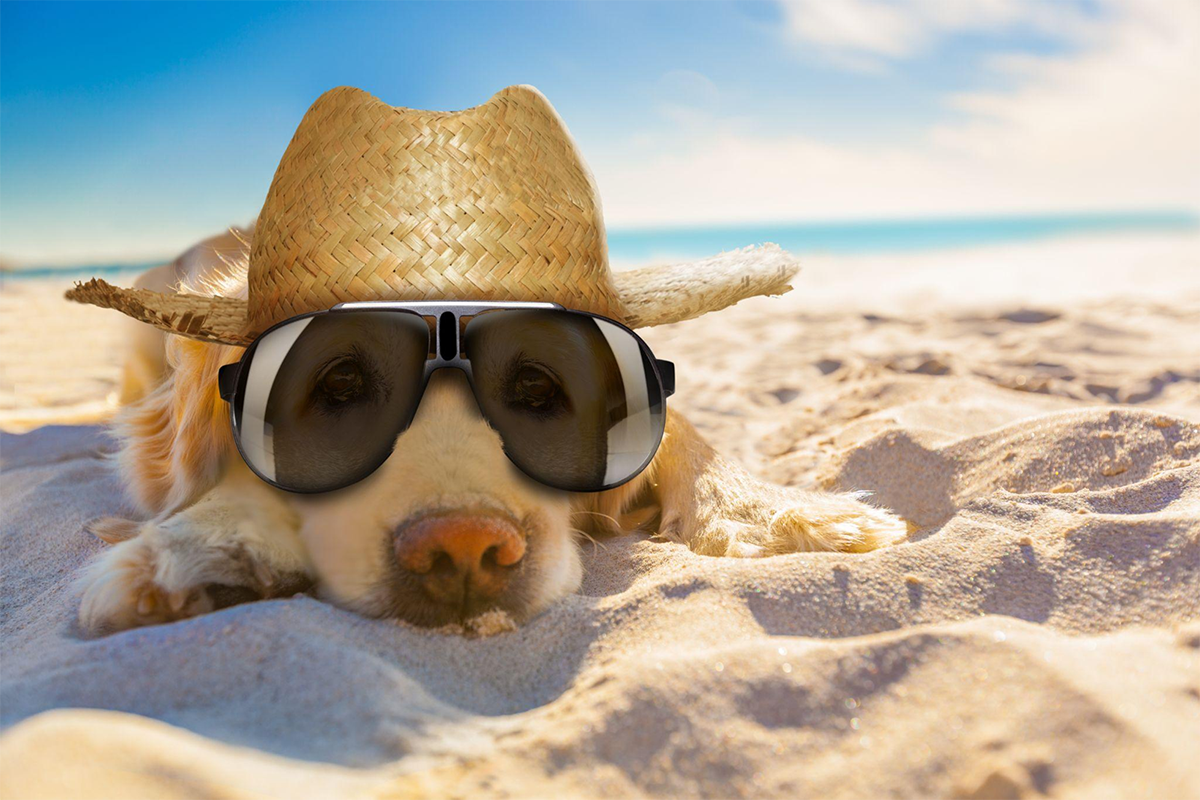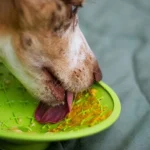Here in Arizona, we know summer doesn’t just mean sunshine; it means serious heat! While we humans can easily duck into the A/C, grab an iced drink, or change our plans, our furry companions rely entirely on us to keep them safe when the temperatures soar. Understanding the dangers and taking preventative steps is crucial for a happy and healthy summer with your pets.
The Big Dangers: More Than Just Feeling Hot
Extreme heat poses several significant risks to our pets:
1. Heatstroke (Hyperthermia): This is a life-threatening emergency. Unlike humans, dogs and cats primarily cool themselves by panting. When they can’t pant fast enough to dissipate heat, their internal body temperature rises to dangerous levels, potentially causing organ damage or death.
- Signs: Excessive panting, thick drool, bright red gums/tongue, lethargy, weakness, dizziness, vomiting, diarrhea, stumbling, collapse, seizures.
- Higher Risk Pets: Brachycephalic (flat-faced) breeds like Pugs, Bulldogs, and Persians; elderly pets; overweight pets; pets with heart or respiratory conditions; dark-coated pets.
2. Dehydration: Just like us, pets need plenty of water to stay cool and function properly. Heat increases water loss through panting and sweating (minimally through paws).
- Signs: Lethargy, dry gums, sunken eyes, loss of skin elasticity (if you gently pinch the skin on their back, it doesn’t spring back quickly), thick saliva.
3. Burnt Paw Pads: This is a major, often overlooked danger here in Arizona. Pavement, asphalt, sand, and even artificial turf absorb and retain heat intensely, reaching temperatures far higher than the air temperature. Walking on these surfaces can cause painful blisters and burns on your pet’s sensitive paw pads.
Pavement Power: How Hot is Too Hot?
Never underestimate how hot surfaces can get. Your pet’s paws are vulnerable! Here’s a general idea of how pavement temperatures soar compared to the air temperature:
| Air Temperature (*F) | Approximate Asphalt Temperature (*F) | Danger Level |
| 77°F | ~125°F | Can cause skin destruction after 60 seconds |
| 85°F | ~135*F | Increases Danger by 50% |
| 87°F | ~143°F | Burns can occur very quickly |
| 95°F | ~150°F – 160°F | Extremely dangerous; immediate burn potential |
| 100°F | *~160°F – 180°F | Instantaneous, severe burns possible |
The 5-Second Rule: Place the back of your hand firmly on the pavement for 5-7 seconds. If it’s too hot for your hand, it’s definitely too hot for your pet’s paws!
4. Sunburn: Yes, pets can get sunburned too! Especially those with white or light-colored fur, thin coats, or pink skin around the nose and ears are susceptible
Keeping Your Cool: Essential Summer Safety Tips
- Timing is Everything: Walk dogs during the coolest parts of the day – early morning (before sunrise if possible!) or late evening, well after the sun has set and surfaces have had time to cool down. Midday walks are a major risk.
- Surface Smarts: Stick to grassy areas or shaded paths whenever possible. If you must cross pavement, do it quickly. Consider protective dog booties (allow time for your dog to get used to them indoors first). Never force your pet to stand or walk on hot surfaces.
- Hydration Hero: Always provide access to fresh, cool water indoors and outdoors (in shade). Bring water and a collapsible bowl on walks, no matter how short. Add ice cubes to their water bowl.
- NEVER, EVER Leave Pets in Cars: Even on a seemingly mild day, the temperature inside a parked car can skyrocket to lethal levels within minutes – even with windows cracked. It’s dangerous, potentially fatal, and illegal in many places. Just don’t do it.
- Provide Shade & Cool Zones: Ensure pets have access to shady spots if they spend time outdoors. Indoors, air conditioning is best. Cooling mats, elevated beds (allowing airflow underneath), or even damp towels can provide relief. Some dogs enjoy a shallow kiddie pool with cool water.
- Grooming Considerations: While fur can offer some insulation, matted coats trap heat. Regular grooming is important. However, **don’t assume shaving is always best**, especially for double-coated breeds (like Huskies, German Shepherds). Their undercoat can actually help regulate temperature. Consult your vet or a professional groomer about the best approach for your specific pet’s coat.
- Know the Signs & Act Fast: If you suspect heatstroke, move your pet to a cool, shaded area or A/C immediately. Offer cool (not ice-cold) water. Apply cool, damp cloths to their head, neck, armpits, groin, and paws. **Call your veterinarian or the nearest emergency vet clinic immediately – this is crucial even if they seem to be recovering.
Summer in Arizona is beautiful, but it demands extra vigilance from pet parents. By understanding the risks and taking these precautions, you can ensure your beloved companions stay safe, comfortable, and happy all season long. Stay cool out there!










